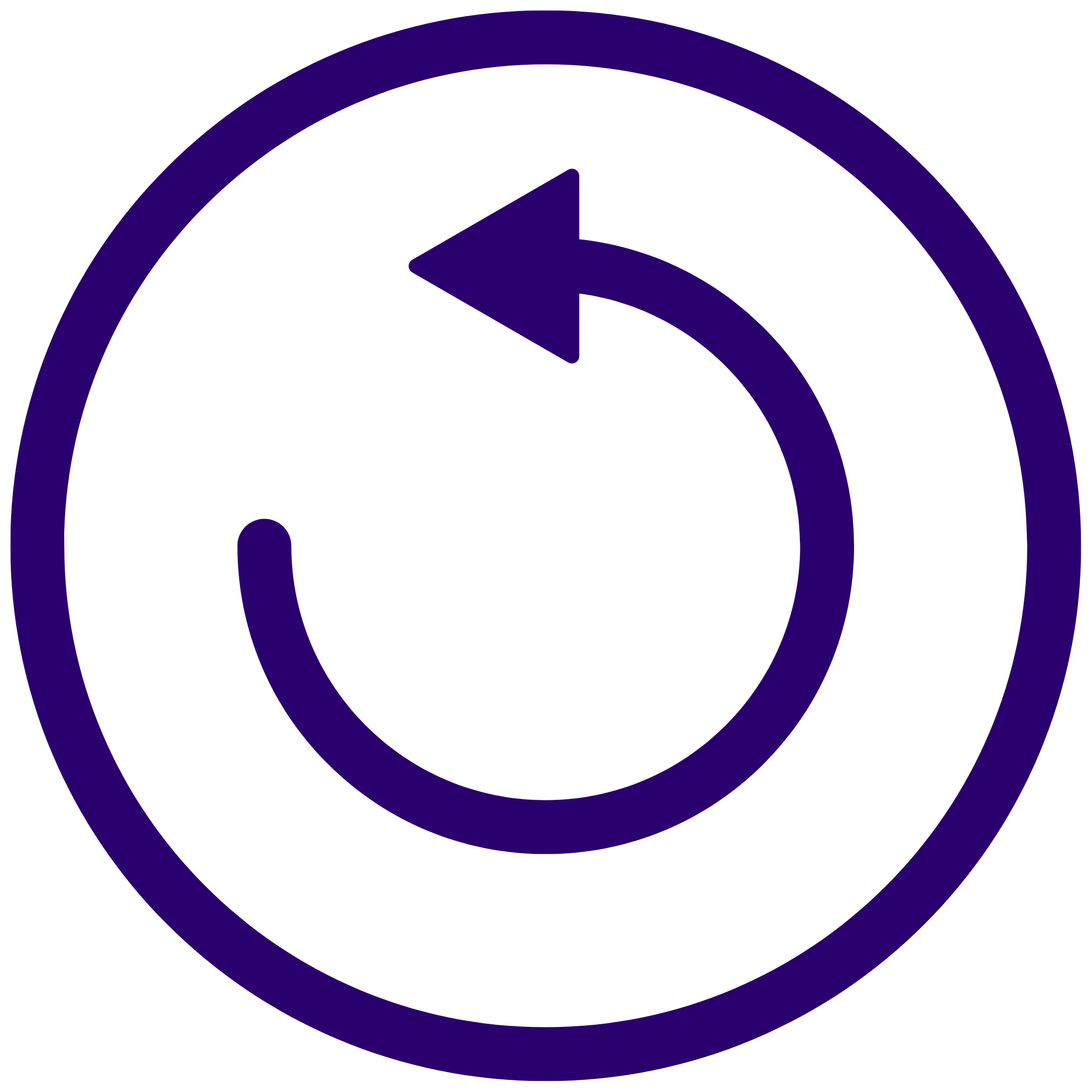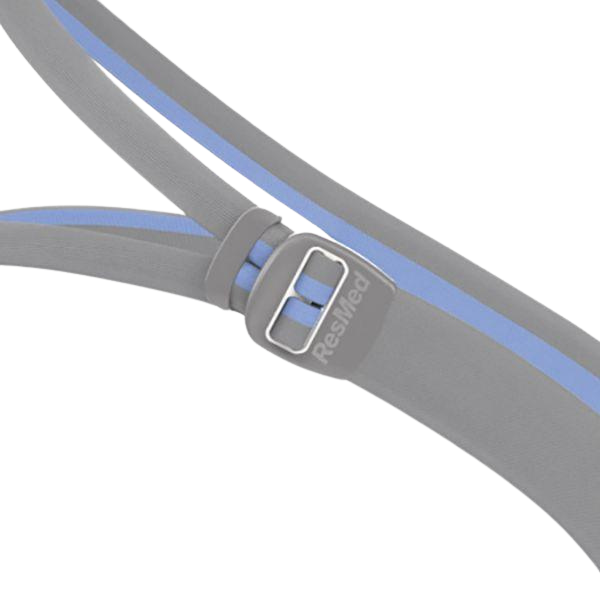What is CPAP Mask Headgear?
Continuous positive airway pressure (CPAP) masks use headgear that is designed to hold your CPAP mask in place with straps that typically go over the top and around the back of your head. CPAP headgear come in many different styles and sizes to comfortably treat sleep apnea. They’re often made of comfortable, flexible material such as synthetic neoprene, some styles are made of silicone. Some CPAP headgear have velcro fasteners, and some utilize clips to attach to the CPAP mask frame.
Here are some key points about CPAP headgear:
-
Functionality: Headgear is designed to secure your CPAP mask in order to secure a proper seal. This helps to prevent air leaks, which can impact the effectiveness and comfort of your obstructive sleep apnea (OSA) treatment.
-
Material: Most CPAP headgear is designed using soft, flexible materials so that the headgear is comfortable against your skin and minimizes pressure points.
-
Adjustability: Headgear typically features adjustable straps that allow you to customize your CPAP mask fit for optimal comfortability and effectiveness.
-
Types: There are many different styles of headgear designed for various CPAP mask types, including nasal CPAP masks, full-face CPAP masks, and nasal pillow CPAP masks. Each style may have unique strap configurations.
-
Sleeping Style: When determining the right headgear for you it is important to consider the characteristics of your unique sleeping style, such as if you’re a stomach, back, or side sleeper, have facial hair, or how you breathe (mouth or nose breather).
-
Comfort Features: Finding the right CPAP headgear that suits your comfort needs is crucial to ensuring you maintain your CPAP therapy. Some headgear comes with padding or cushioning to enhance your comfort while using your CPAP mask.
-
Maintenance: Routinely cleaning your CPAP headgear is essential to maintaining hygiene and prolonging the life of your headgear. Make sure to check the manufacturer’s instructions for washing and drying your headgear and check out our helpful CPAP cleaning products here.
-
Replacement Headgear: CPAP headgear may stretch or wear out over time, so it’s crucial to check your headgear for signs of wear and replace it as needed to maintain optimal performance. Most CPAP headgear should be replaced every 3 months.
Why is CPAP Headgear Important?
CPAP headgear is typically an essential component of CPAP therapy as most CPAP masks utilize some form of headgear to function. Headgear is designed to hold your CPAP mask in place and create a secure seal to prevent air leaks and promote optimal comfort and effectiveness throughout your sleep apnea therapy. Air leaks can impact the air pressure you should be receiving from your machine which will reduce the effectiveness of your CPAP treatment. Ensuring your mask fit is secure can also prevent other CPAP side effects such as dryness, reduced sleep quality, increased snoring, skin irritation, and overall enhanced OSA symptoms.
How to Clean CPAP Headgear
Routinely cleaning your headgear at least once a week is essential for maintaining hygiene and prolonging the lifespan of your equipment. Keeping your headgear clean and in good condition promotes overall CPAP therapy comfort and effectiveness. Here are some helpful tips for cleaning your CPAP headgear:
-
Detach: Remove your headgear from your CPAP mask and disconnect any other components.
-
Wash: Combine warm water and a mild soap or detergent and submerge your headgear. Use a low abrasion cloth or sponge to gently scrub away any dirt or build up that may be visible.
-
Rinse: Thoroughly rinse your headgear under warm running water and make sure to remove any excess soap residue.
-
Dry: Pat-dry with a clean towel and hang your headgear in a well-ventilated location, avoiding direct sunlight or heat sources.
-
Routine: Make sure to clean your headgear at least once a week, or if you notice odor or visible buildup occurring.
Browse our selection of CPAP cleaning supplies or read more about cleaning your CPAP supplies with this helpful blog.
-
How Often to Replace CPAP Headgear
CPAP headgear lifespans can differ based on various factors such as how well your headgear is maintained, how often you use it, and the quality of your CPAP headgear. Generally CPAP headger lasts an average of 6 months and it is typically recommended to replace your equipment at that time.
Learn more about the ideal replacement schedule for your CPAP supplies with this helpful blog.













